
This book has been a long time coming. Tomatoes, or at least gardens, have played a significant role in my life for many years. One of my first recollections is of carrying a watering can around in a neighbor’s driveway at the tender age of two. I spent many weekend days at a local park riding on my father’s shoulders as he lifted me up to smell the tree blossoms. At other times, he walked me through the flower beds, pointing out the vividly blooming dahlias, zinnias, and marigolds.
My grandfather Walter, an avid and creative gardener, delighted me with tours of his backyard plot, which was full of sweet peas, strawberries, and, of course, tomatoes. In fact, the first I sampled were the succulent, red fruits of his garden, bursting with flavor. Little did I know it at the time, but that revelation would set me on a lifelong journey, one that will last as long as I can plant a seedling.

Life intervened between those very early years in the gardens of my loved ones and the first of my own creation. Yet, once again, the association of gardening with family, love, and wonder arose. The spring following our marriage, Susan and I rented a nearby community plot set aside for graduate students and embarked on creating our first garden. Filled with flowers, herbs, and vegetables, tended to as our young daughter Sara slept in her stroller, it was a great success. Most of the plants we grew were from starts purchased at the local garden center. Hence our vegetables were not at all uncommon — Bell Boy peppers and Better Boy tomatoes, for example. But we grew them ourselves, they tasted wonderful, and we learned a lot through the experience.
Through the years, we gardened in New Hampshire, Seattle, and suburban Philadelphia, in addition to our current location in Raleigh. We perused the varieties in local gardening centers and learned each year a few things that helped and other things that didn’t. However, pretty quickly I started to grow bored with the fruits of our labors. It was clear, even early on, that people garden for many reasons. Some aim for the biggest vegetables, some the earliest, and others for the highest yielding or the tastiest, no matter what the specific type of crop. I realized within the first few years of gardening that uniqueness, variety, historical relevance, and flavor are the most important criteria for me. Perhaps it was my tendency to take a scientific approach to my hobbies, treating them as projects, but, clearly, purchasing a six-pack of Better Boy tomatoes or a packet of green Blue Lake bush beans just wouldn’t suffice.
Little did I know that gardening was already becoming something of an obsession. After deciding that the nursery center offerings left me wanting, my attention turned to seed catalogs, which meant learning how to successfully start all sorts of seeds. At that time, I was also a subscriber to a few good gardening magazines, and they pointed to a wonderfully diverse selection of seed companies to try to greatly expand my gardening experience. It turned out that the mid-1980s was a perfect time to catch the serious gardening bug. Along with the standby companies such as Burpee and Parks, smaller, more experimental companies were popping into view, such as Johnny’s, Seeds Blum, and Gleckler. The range of colors, sizes, shapes, and flavors grew exponentially if you were willing and able to start your own seedlings. But even when considering seeds from seed companies, constraints remained in terms of variety. Most companies focused on hybrid varieties, and all companies had a need to be profitable and therefore ensure that their selections were commercially viable.
At about the same time that I was making the switch from nursery-purchased transplants to self-started seedlings, I read a magazine article about the Seed Savers Exchange (SSE), which enticed me to join. That significant decision revolutionized my gardening efforts. Each of my major criteria — historical significance, uniqueness, variety, and flavor — could be satisfied through my involvement with the SSE. I joined in 1986, and today the relevance of the organization and the impact on what we grow has never been clearer.
Switching from mostly hybrids to mostly heirlooms felt a bit risky. If one were to take the words of many of the catalogs as written, anyone who didn’t grow mostly or exclusively hybrid varieties was doomed to gardens of diseased or dead plants with disappointing yields. I sensed an interesting challenge and opportunity for some research, so I set about growing some of the most highly regarded hybrid tomatoes alongside an even larger selection of non-hybrid and heirloom varieties that sounded attractive to me.

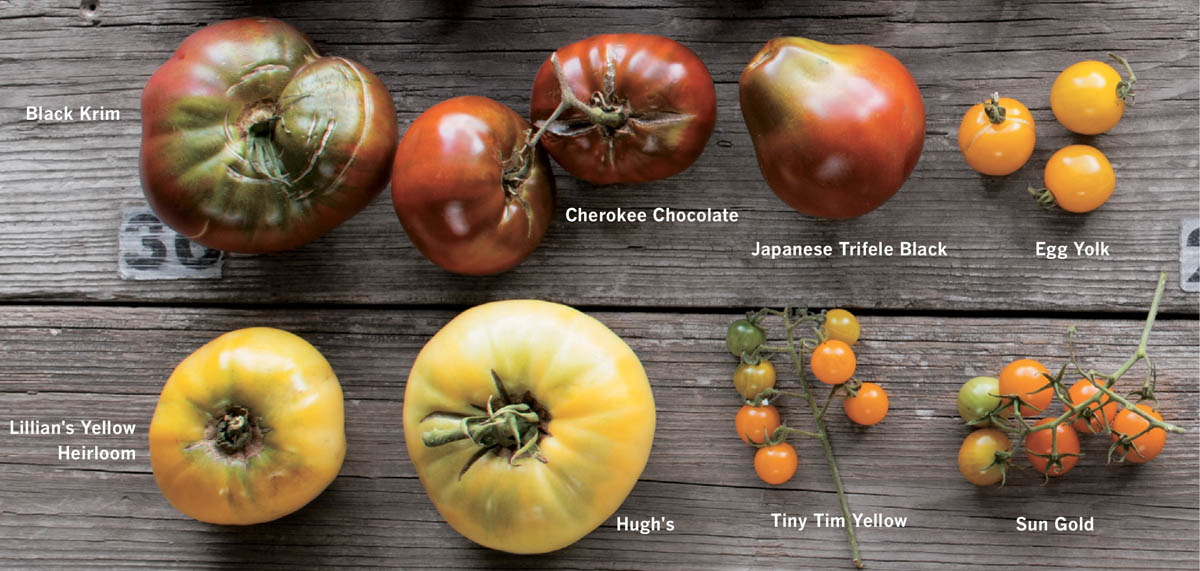
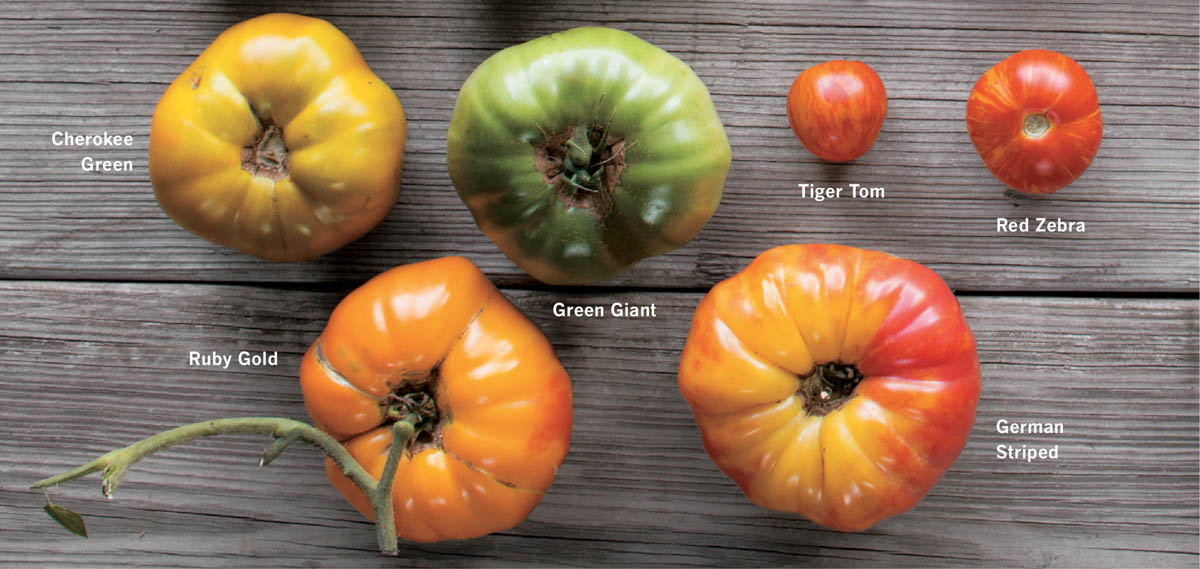
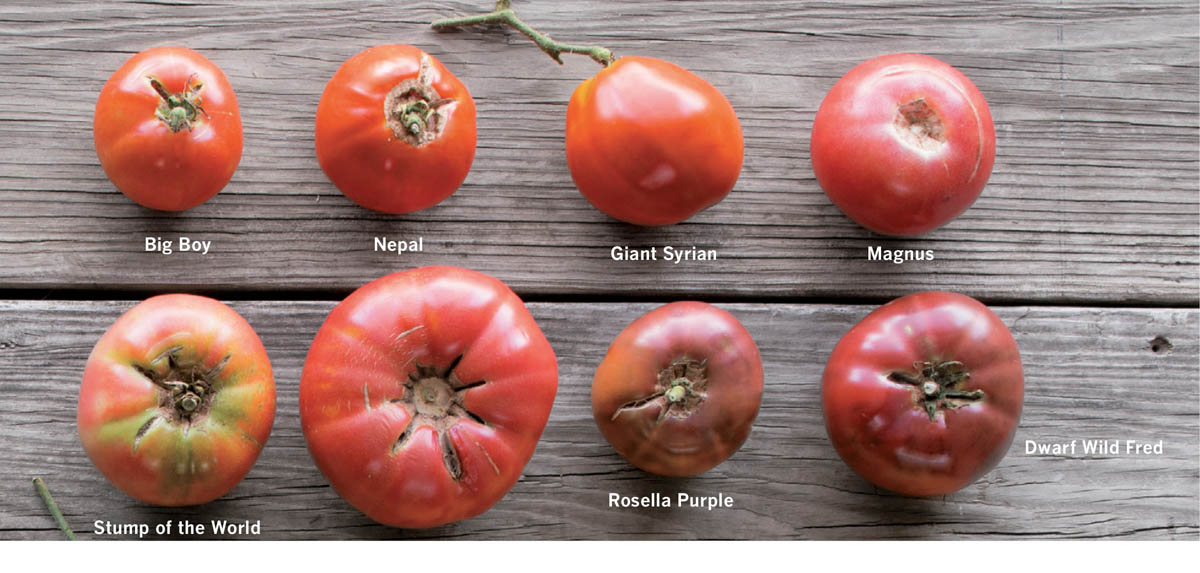
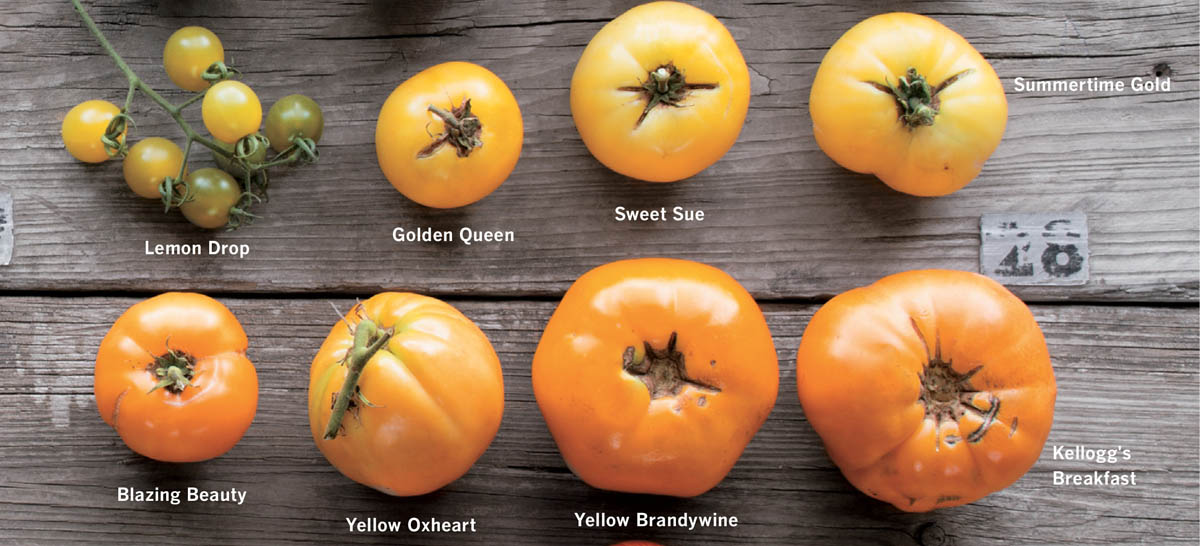
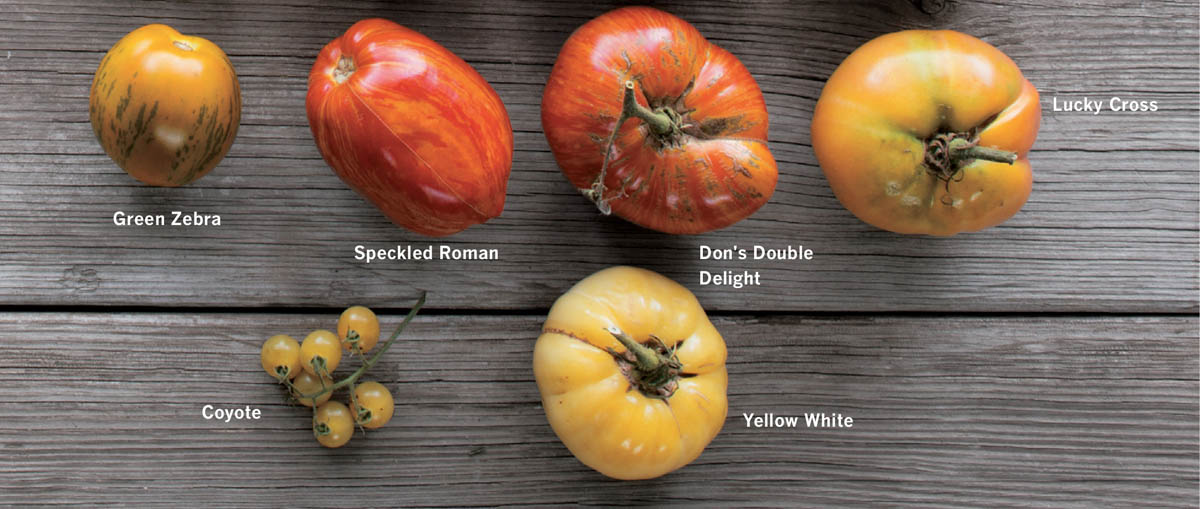
Running over three gardening seasons, the results I obtained clearly showed that the “must grow the hybrid” contention was just not true. (See The Great Competition.) The non-hybrids/heirlooms I grew equaled or out-yielded the hybrids in general, with far superior flavors and variety. And that came with the benefit of being able to save seed for next year’s garden.

Old American seed catalogs provide a valuable glimpse into the early days of tomato development. This page demonstrates the tendency to exaggerate that we still see today.
It was my good fortune to have joined SSE in 1986, just as it was getting its feet firmly planted into the soil. My early focus on tomatoes meant that among the 1,000-plus varieties I’ve grown throughout the years, the vast majority were shared by other, similarly enthusiastic tomato growers in transactions made through the SSE member network. I read the annual yearbook, picked out those varieties that particularly caught my interest, obtained the seeds, grew them (often in several locations as we moved about), and then saved and, in turn, shared my own seeds. I retained each and every letter that accompanied the seeds, and some of those original letters are excerpted in this book (Letters from Seed Savers) to highlight what I consider are especially important tomatoes. My understanding of tomato colors, flavors, shapes, and sizes grew through experience and hands-on growing of each of the varieties that are described in this book. As my interests evolved from growing out the best of the historically relevant heirlooms, through happening upon some unique finds in my own garden, to finally co-conceiving and leading a project to create new, very useful dwarf-growing tomato varieties (see Dwarf), my immersion in the world of tomatoes has only deepened with time.
This book is a distillation of what I’ve learned and experienced throughout 35 years of gardening. I will consider it to be a success if it excites, educates, and inspires readers to grow tomatoes themselves. Whether in a large garden or in small containers on a deck or driveway, there is simply no excuse to not grow your own to demonstrate what a culinary marvel a tomato can be. I have a warning, though: You may find yourself living without fresh tomatoes between your last harvest of the autumn and the first of the following spring. You will realize that those round, pinkish-red things that are available in the stores bear no resemblance at all to a real tomato, for no other type of homegrown produce so far exceeds in quality that which is purchased.
My hope is that, in reading this book, you will be inspired to embark on a gardening journey that will renew you each season and last a lifetime. You’ll come away from each garden anxious to begin the following season, with many successes and a few inevitable misfortunes on which to build and learn. Each year, my own gardening efforts teach me something new, reinforce the validity of tried-and-true practices, and bust a few urban gardening myths. I want to share what I’ve learned so that everyone who has the desire to grow and taste a tomato that is delicious or colorful or interesting can do so. Pick up a shovel, grab a pot, put on the garden gloves, and let’s grow some great tomatoes.

Though nothing special to look at, Nepal is the tomato that converted me from hybrids to heirlooms. It is a tomato that is perhaps most like those special tomatoes tasted in our youth, obtained at local farm stands or a relative’s garden. It has an aggressive, full flavor that will delight those who love intense tomatoes.